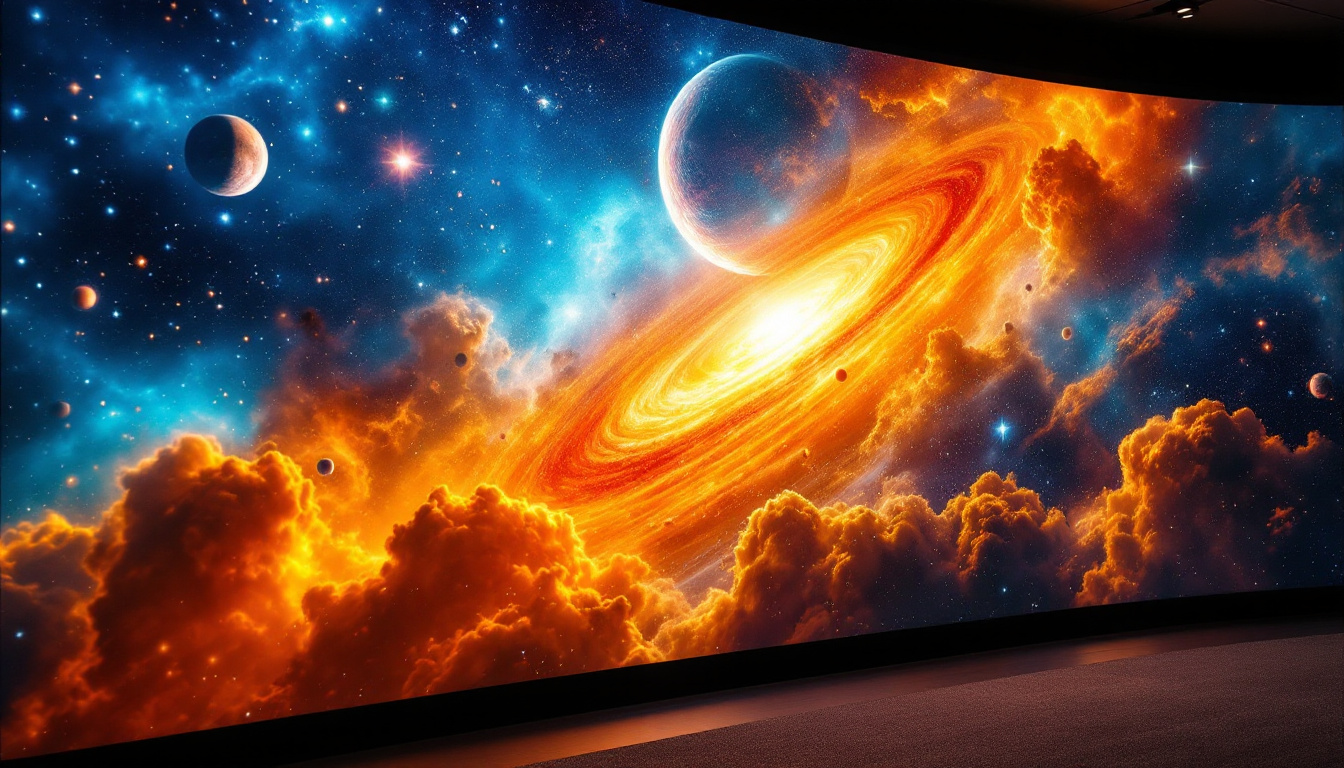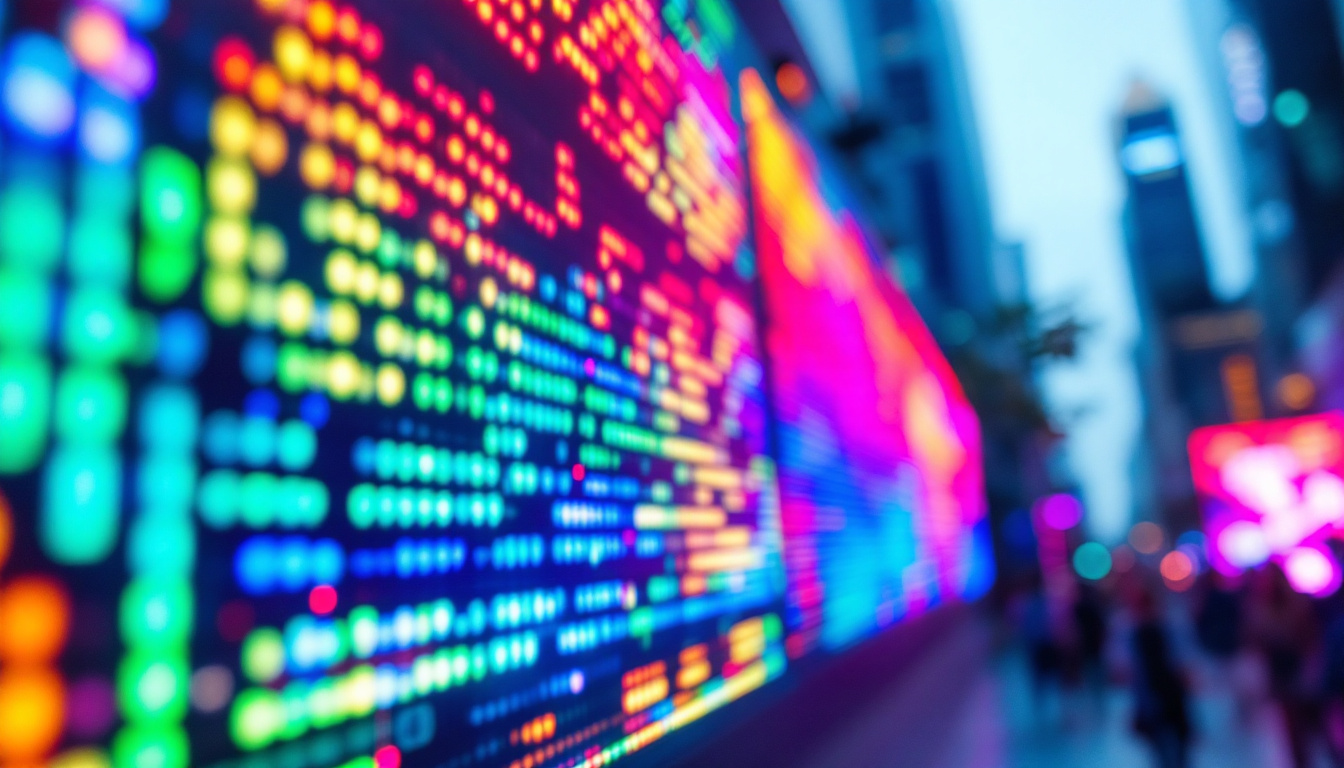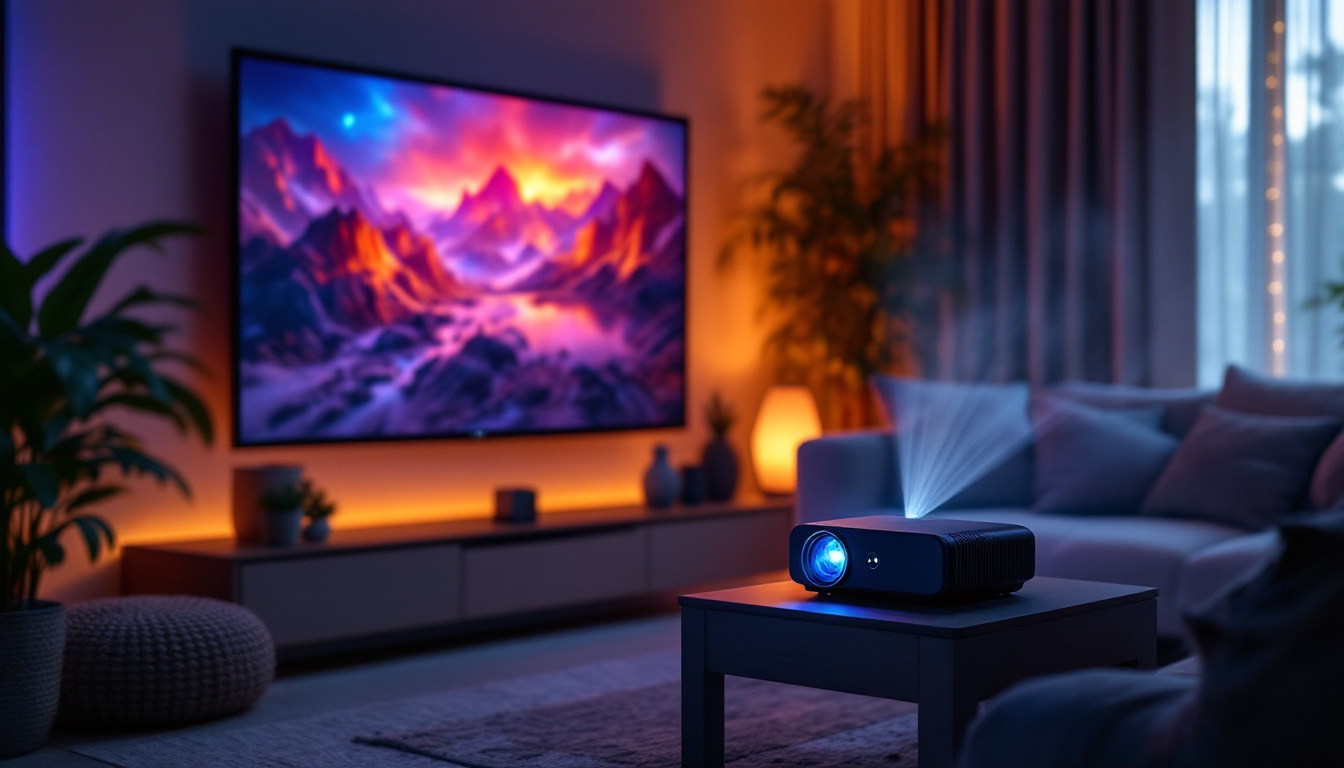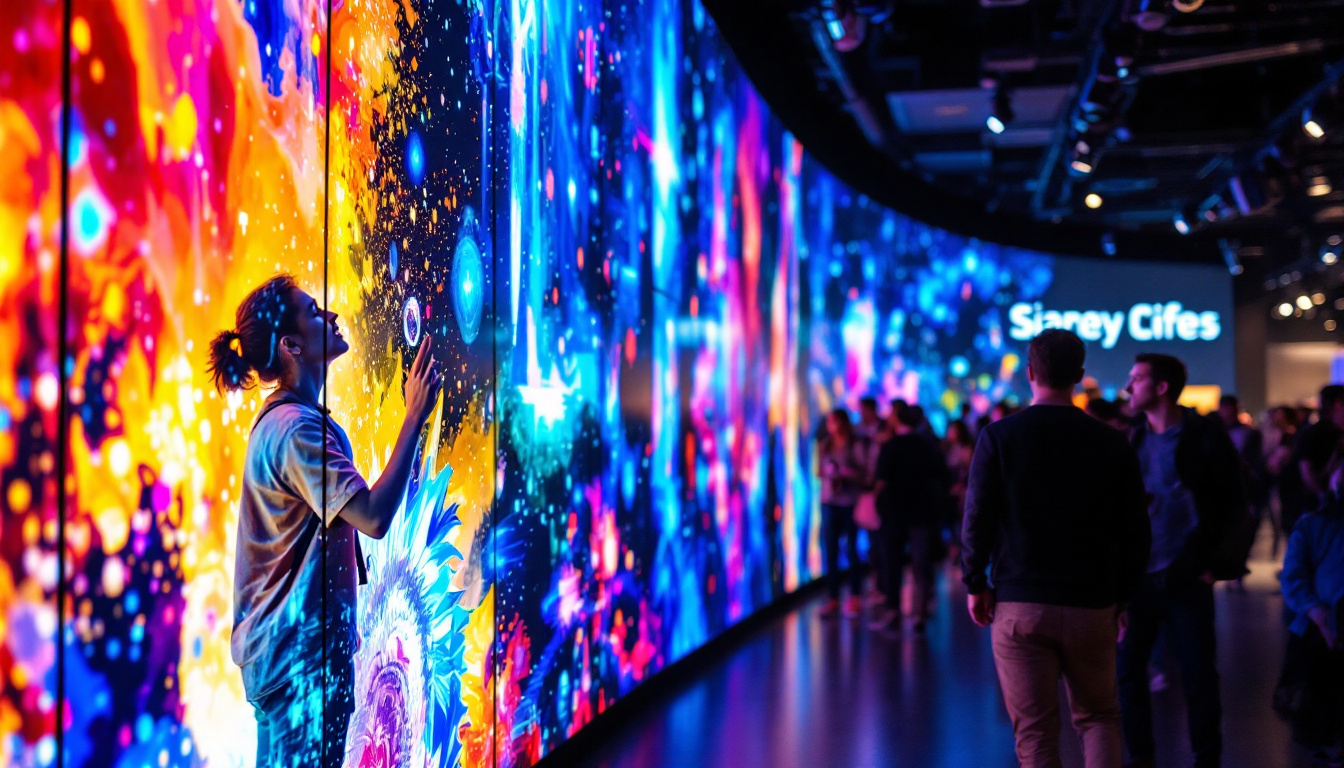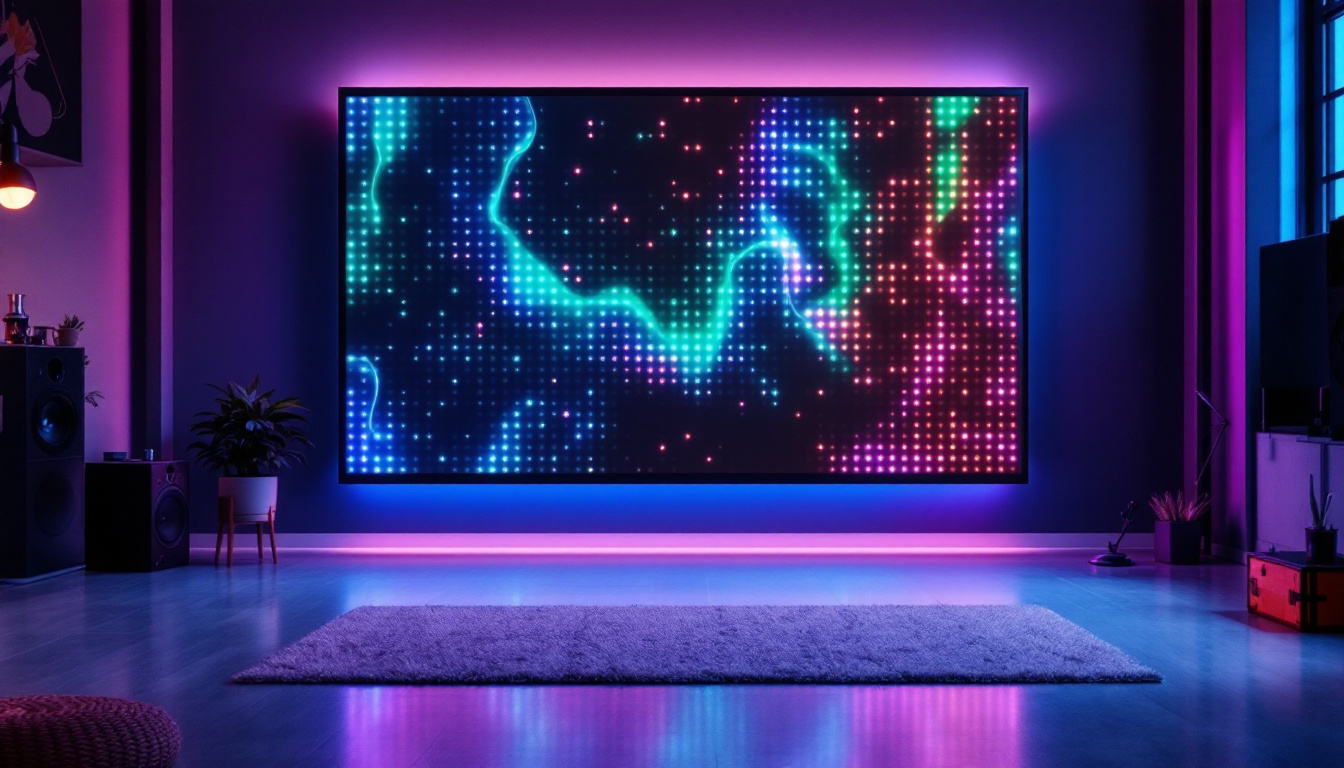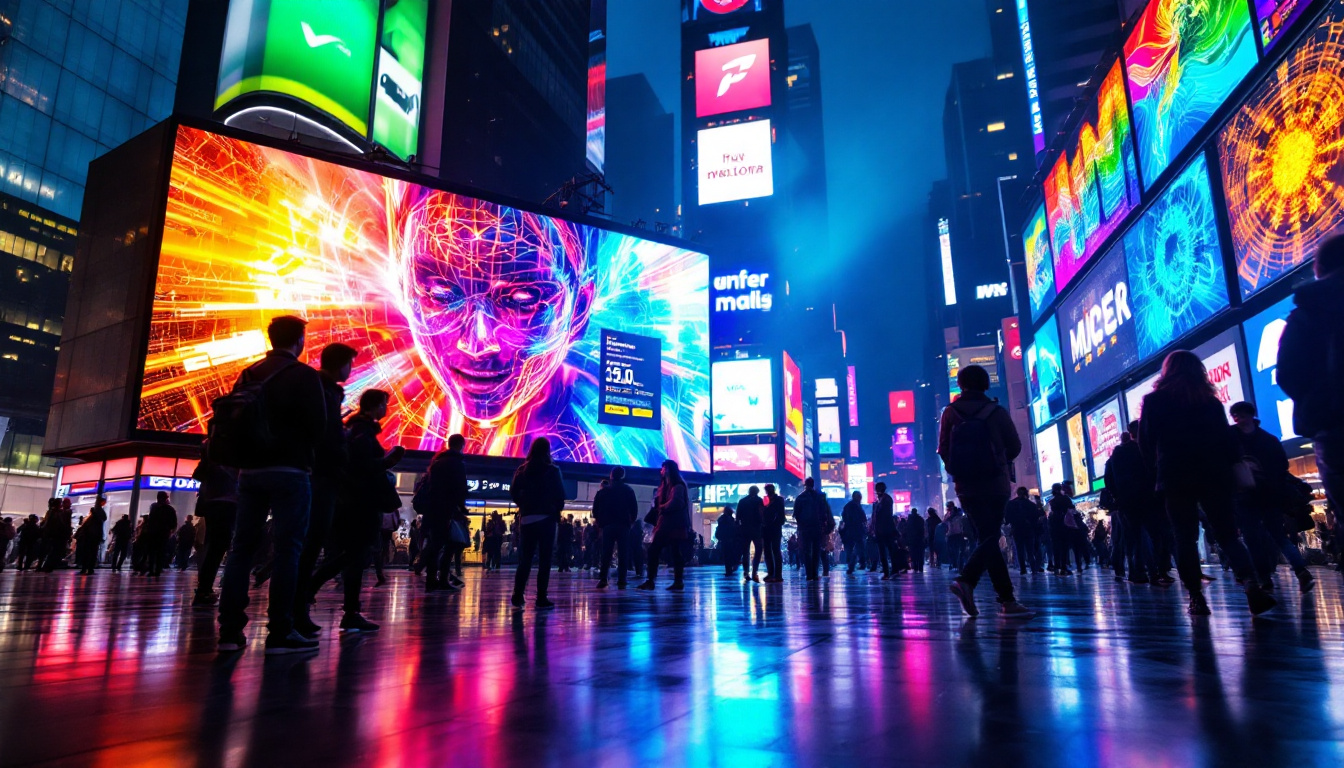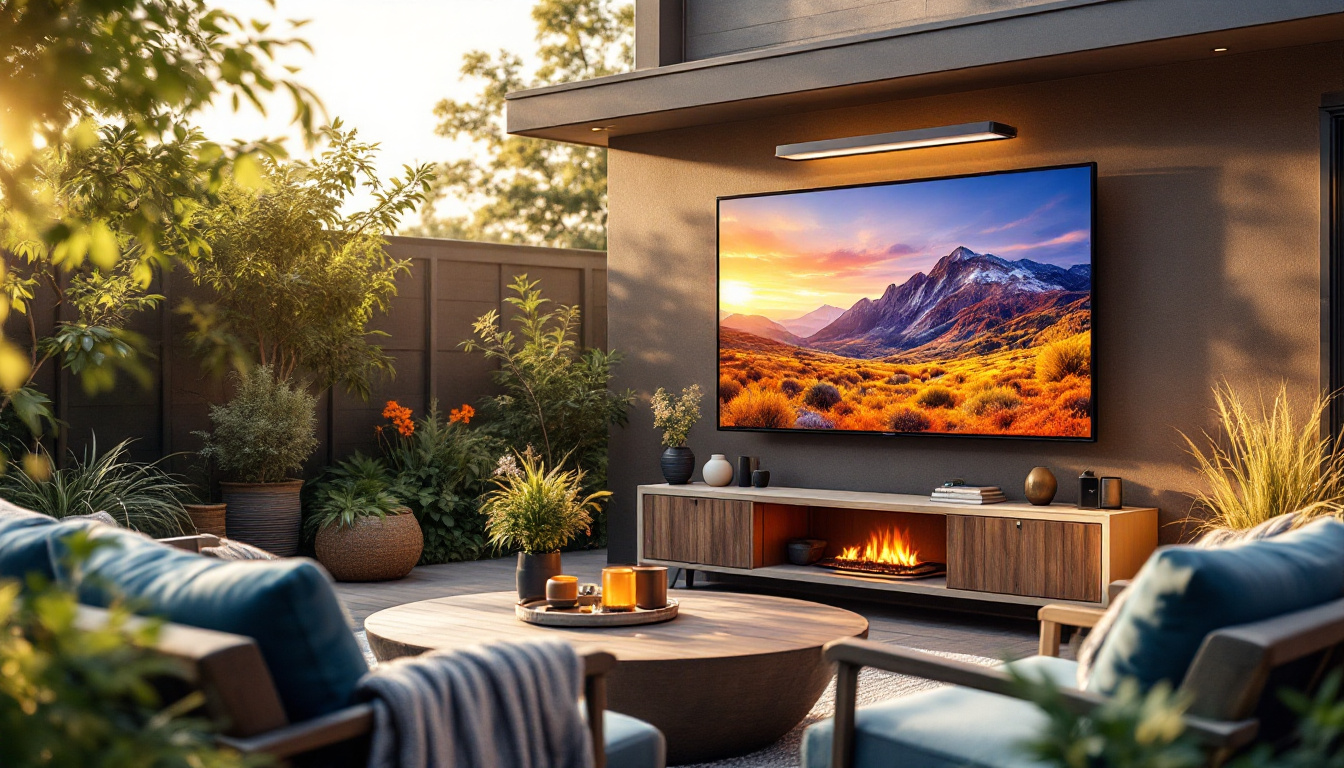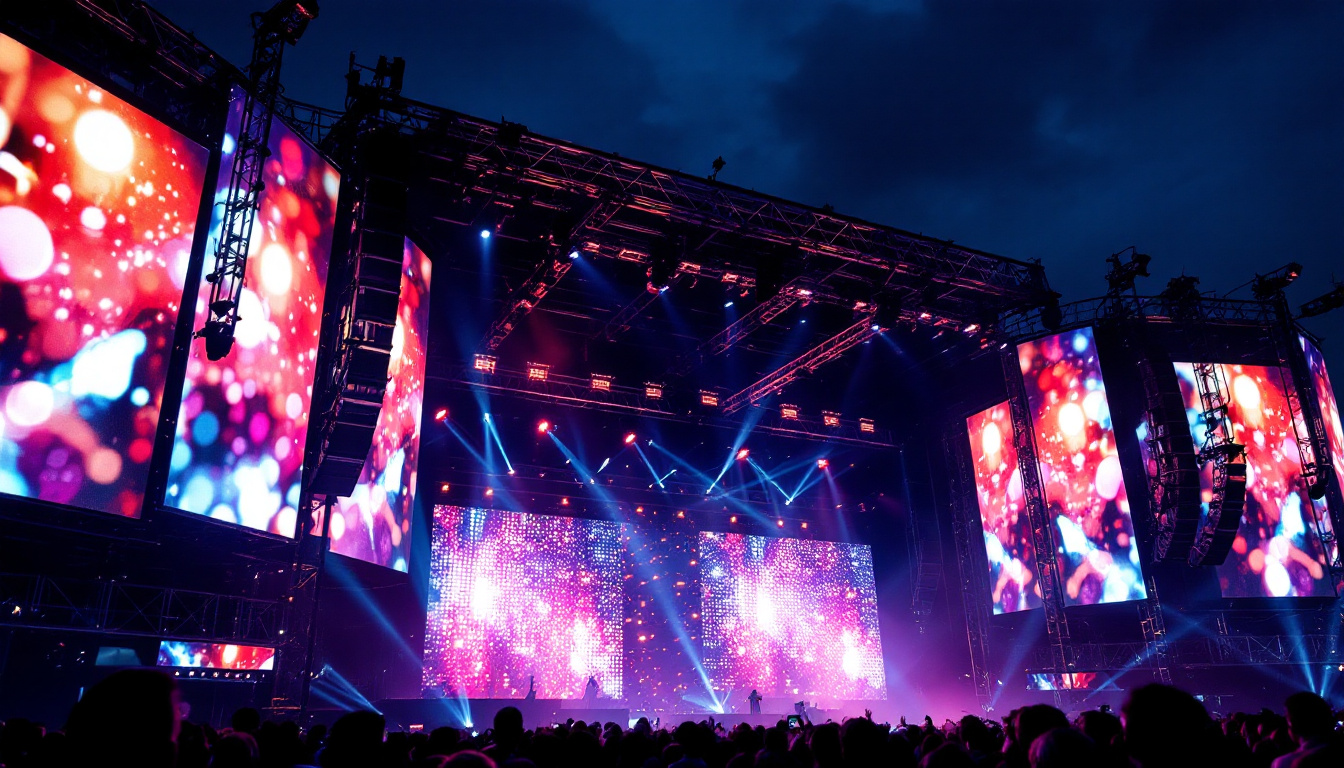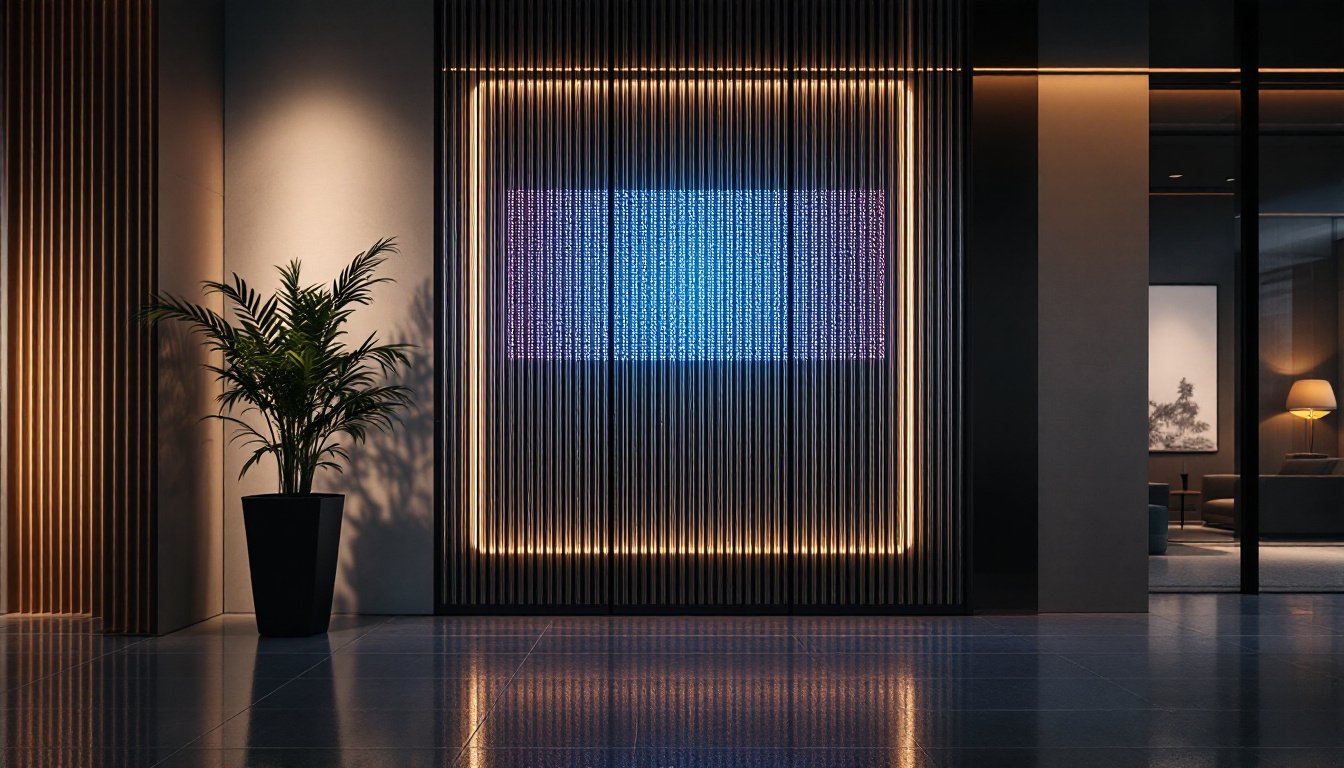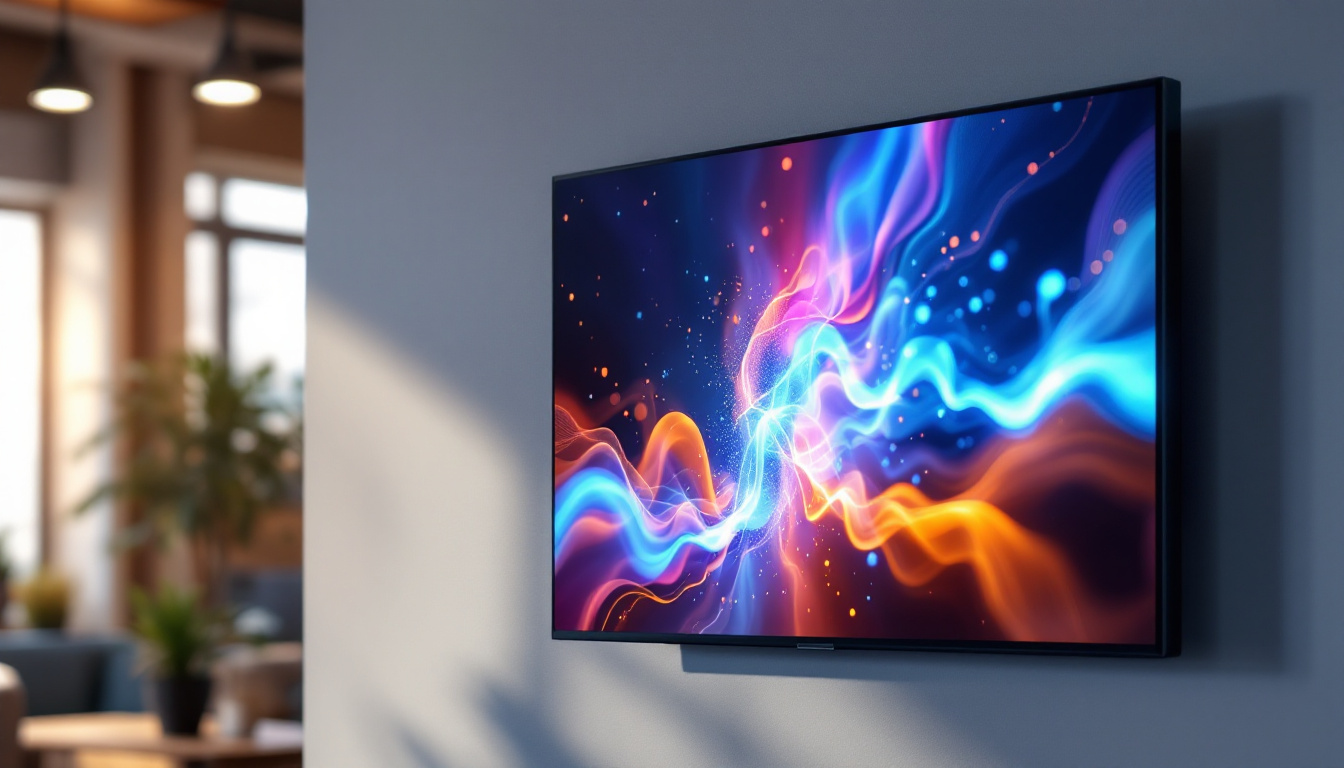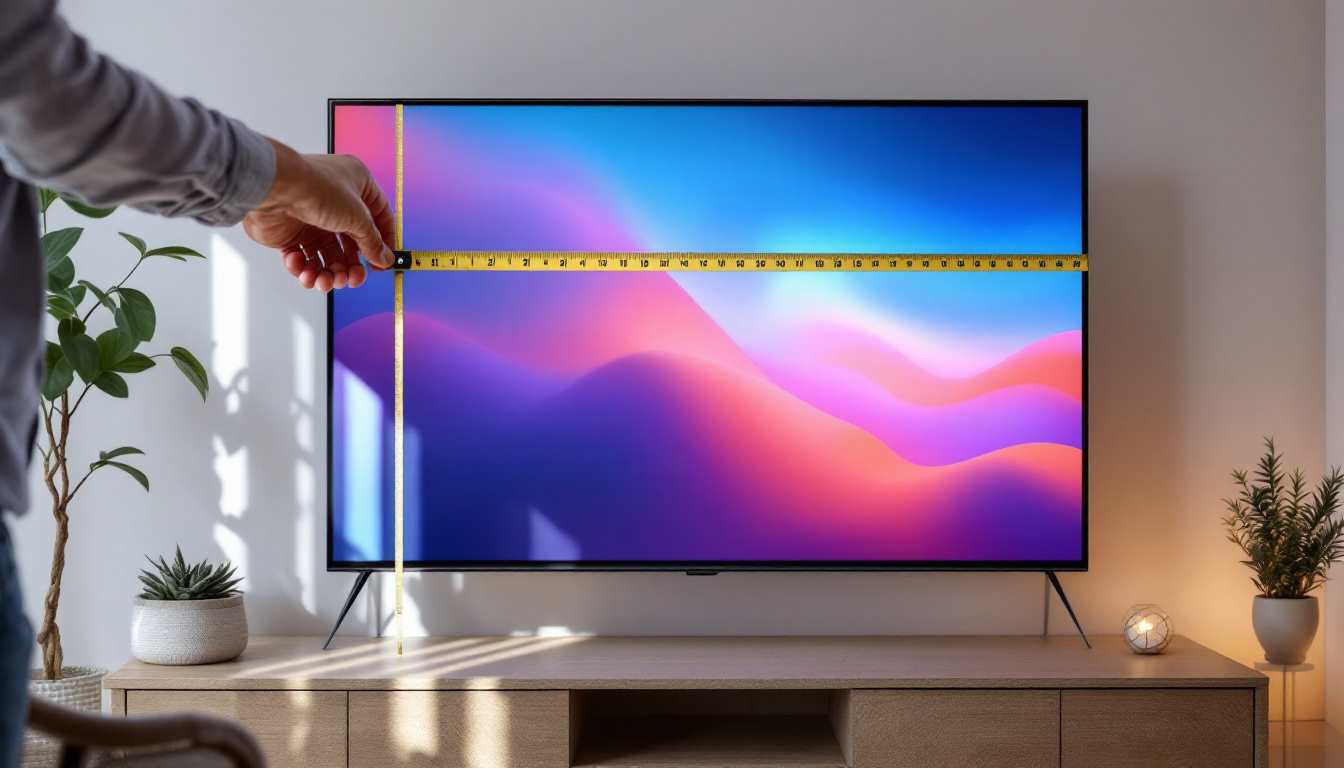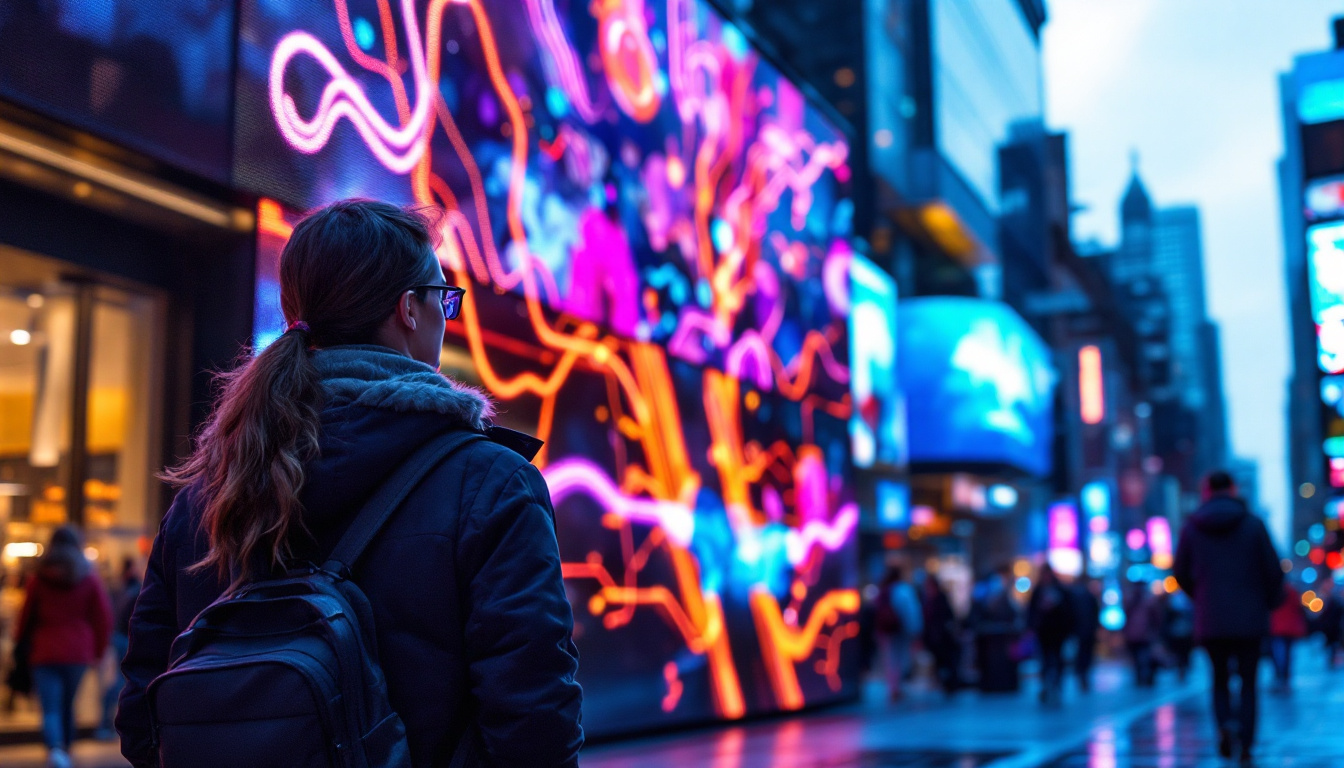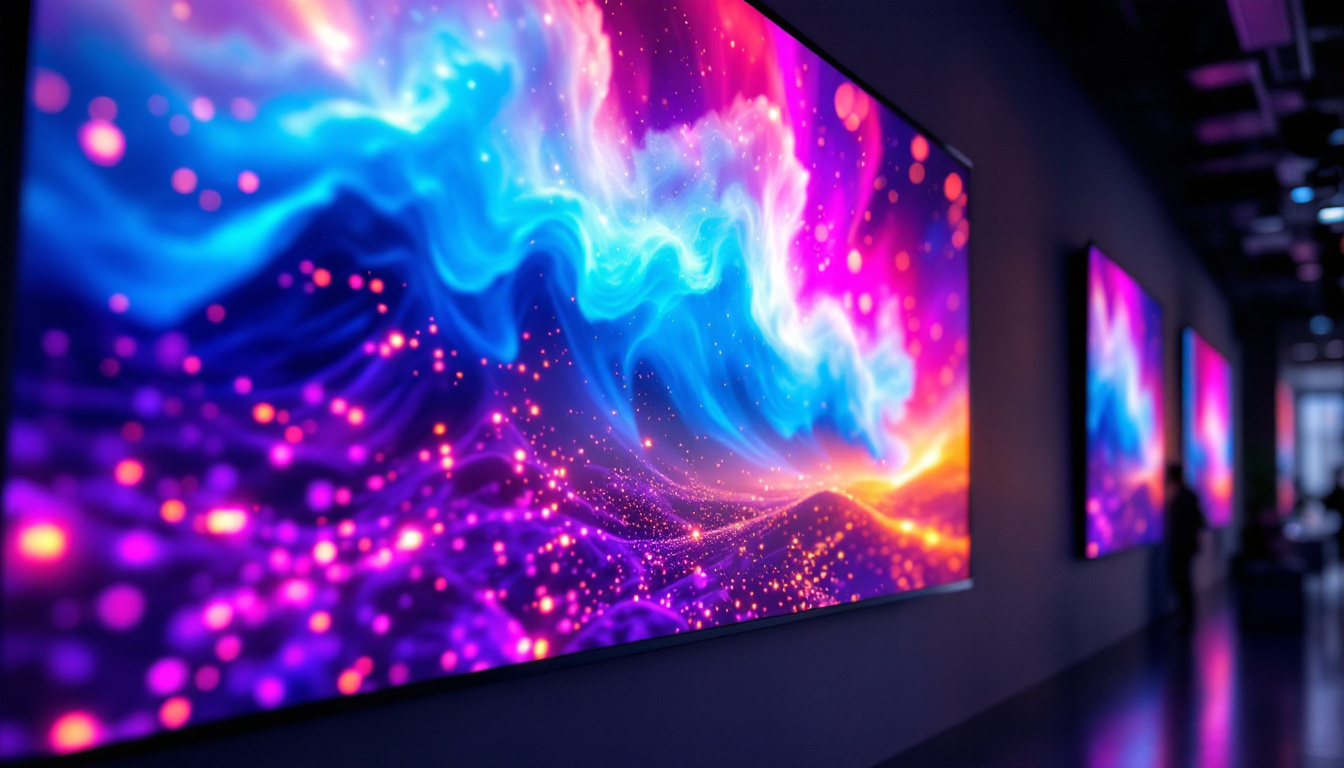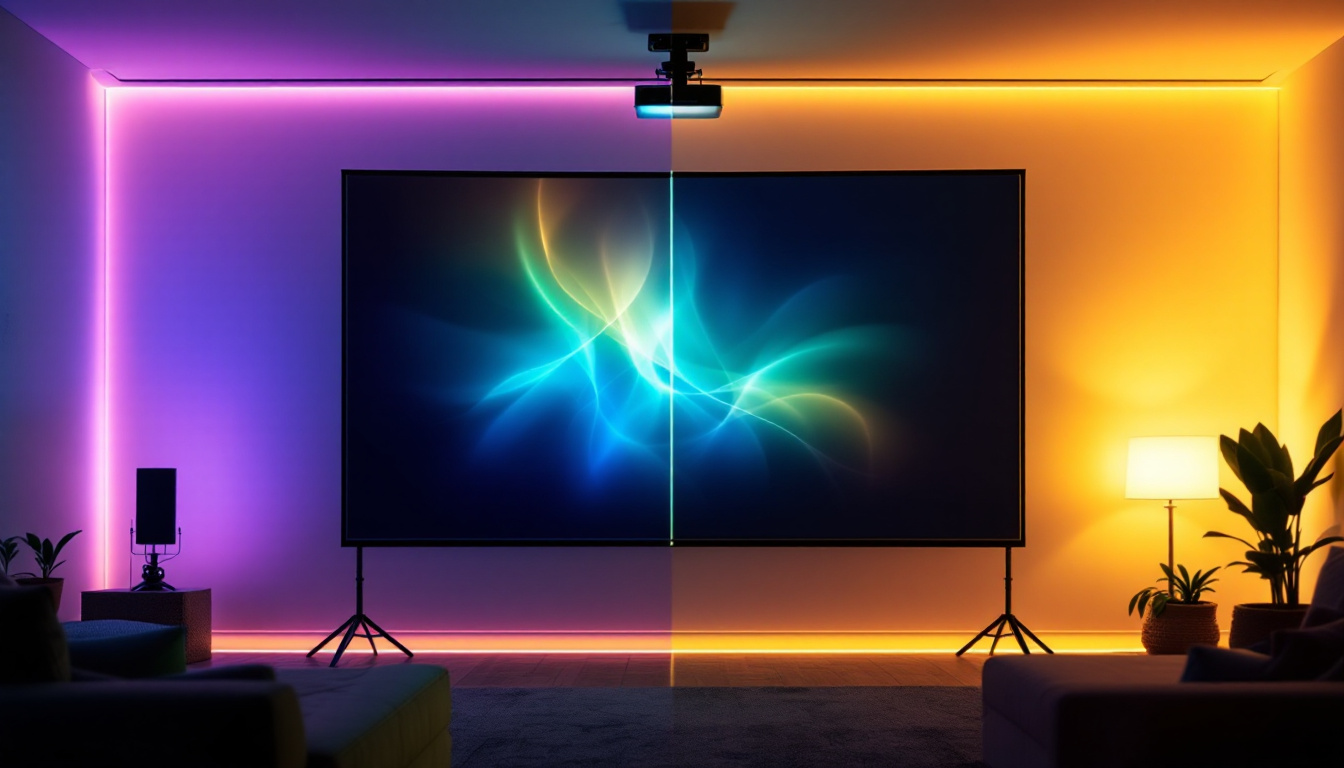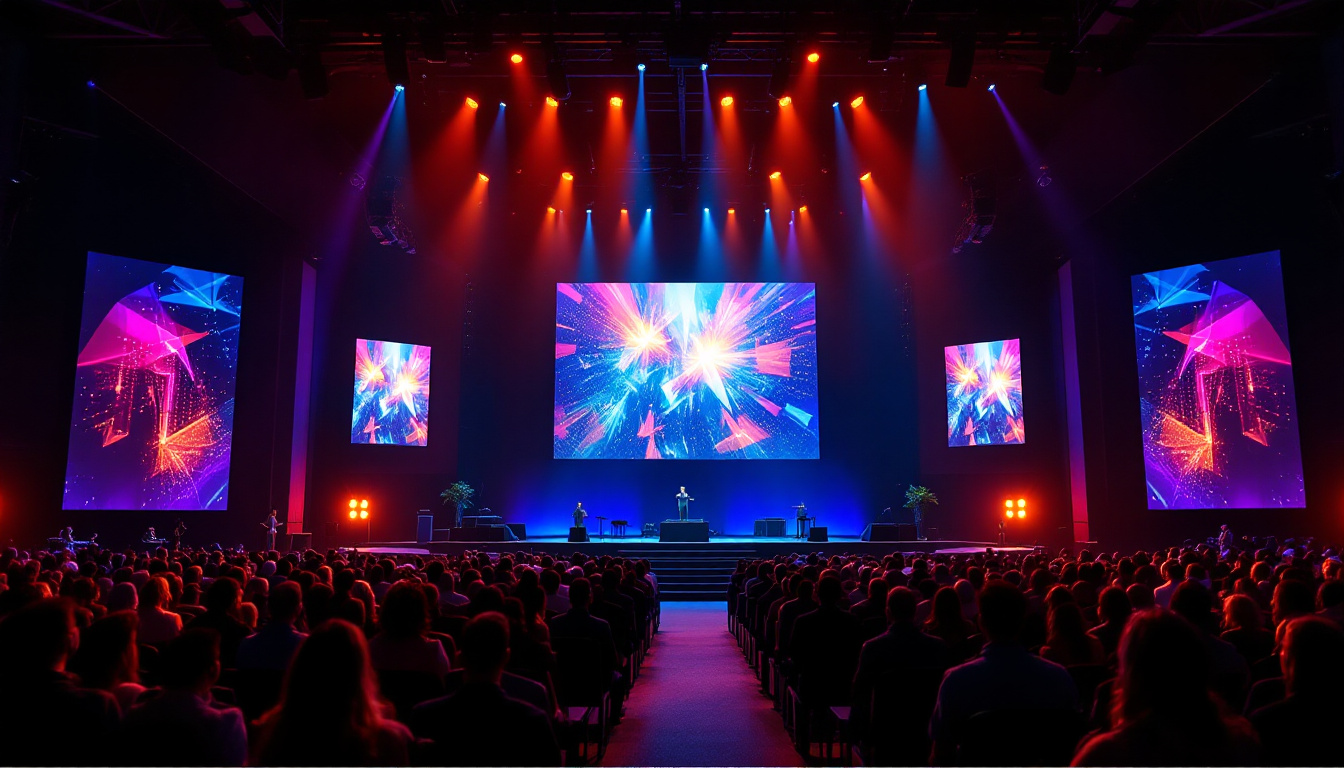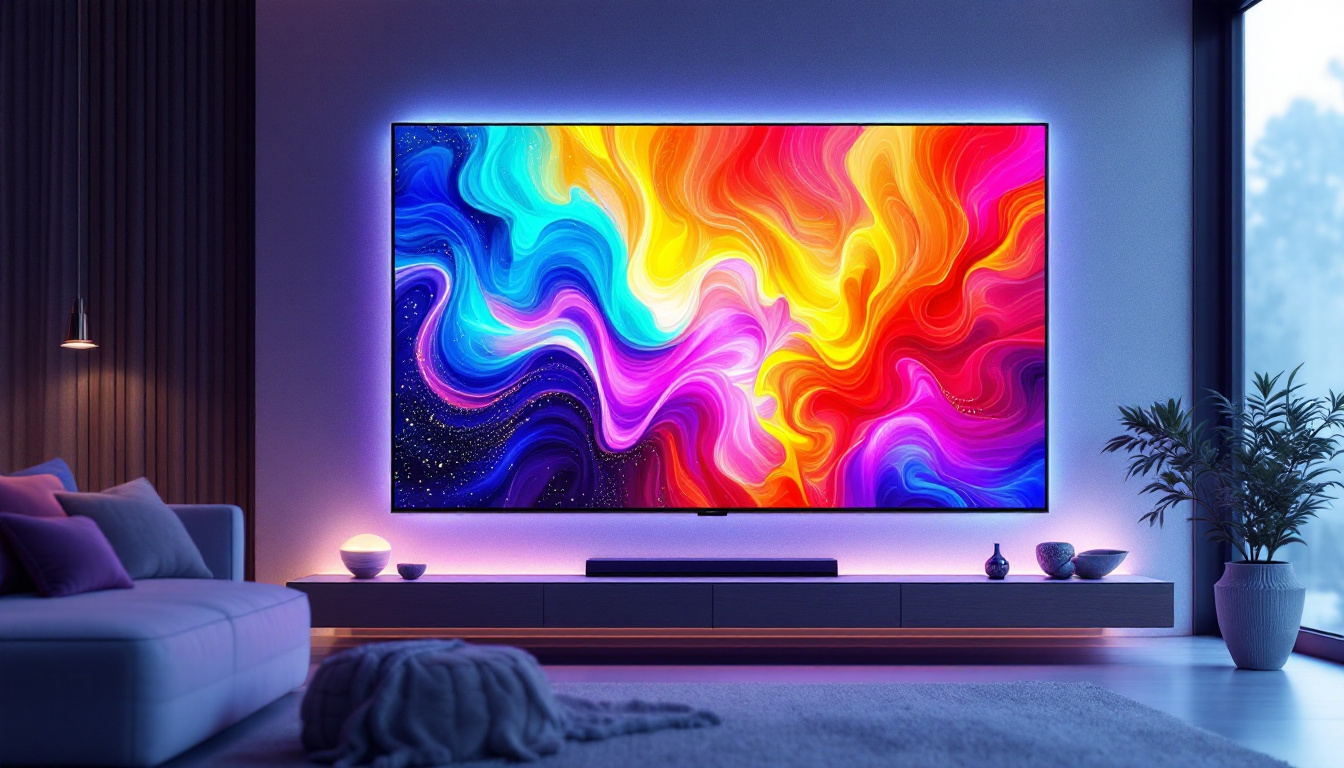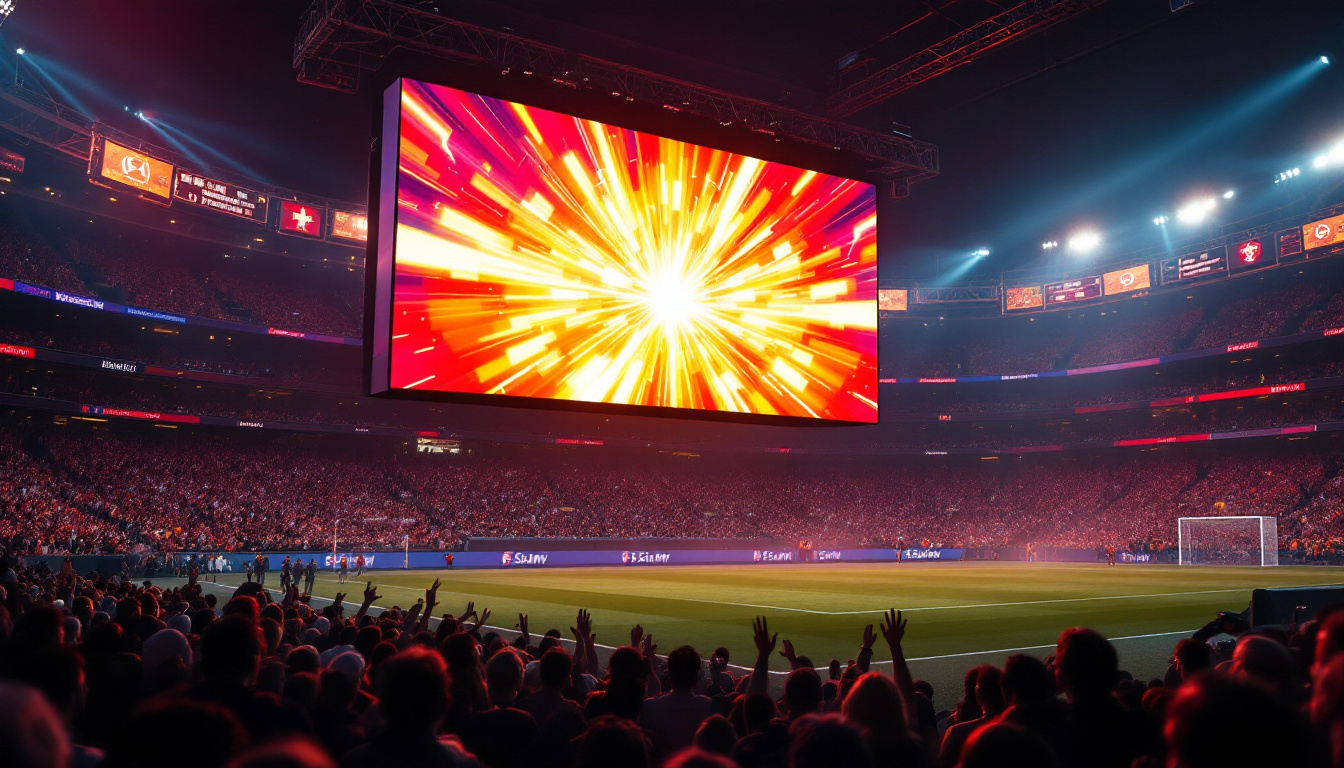In the ever-evolving world of technology, LED displays have emerged as a cornerstone of modern visual communication. From advertising billboards to large-scale event screens, LED technology has transformed how information is presented. This article delves into the intricacies of LED displays, exploring their components, benefits, and the leading manufacturers in the industry.
Understanding LED Displays
LED, or Light Emitting Diode, displays are a type of flat panel display that utilizes LEDs to produce images. Unlike traditional LCD screens that rely on fluorescent backlighting, LED displays emit their own light, resulting in brighter and more vibrant visuals. This technology has gained popularity due to its energy efficiency, longevity, and versatility. The ability to produce deep blacks and a wide color gamut has made LED displays a favorite among graphic designers, photographers, and videographers who require precise color accuracy.
How LED Displays Work
At the core of an LED display are tiny semiconductor devices that emit light when an electric current passes through them. These diodes are arranged in a grid format, forming pixels that can change color and intensity based on the input signal. The combination of red, green, and blue (RGB) LEDs allows for a wide spectrum of colors to be displayed. This RGB configuration is essential for creating lifelike images, as it enables the display to mix colors effectively, resulting in smooth gradients and realistic visuals.
When an image is displayed, the pixels work together to create the desired visual. The brightness and clarity of the display depend on the quality of the LEDs and the precision of the control systems that manage the pixel output. This technology enables LED displays to achieve high resolutions and refresh rates, making them ideal for dynamic content. Furthermore, advancements in LED technology, such as the introduction of microLEDs, are pushing the boundaries of display capabilities, allowing for even smaller pixel sizes and greater pixel density, which enhances the overall viewing experience.
Types of LED Displays
LED displays come in various types, each designed for specific applications. The most common types include:
- Indoor LED Displays: Typically used in venues like theaters, shopping malls, and conference rooms, these displays offer high resolution and vibrant colors, making them perfect for close viewing. They often feature advanced technologies such as HDR (High Dynamic Range) to enhance contrast and color accuracy, providing an immersive experience for audiences.
- Outdoor LED Displays: Built to withstand the elements, outdoor displays are larger and have lower resolution compared to indoor versions. They are often used for advertising and public announcements. These displays are equipped with protective coatings and higher brightness levels to ensure visibility even in direct sunlight, making them a powerful tool for marketers looking to capture attention in busy environments.
- Transparent LED Displays: These innovative displays allow light to pass through, making them ideal for storefronts and exhibitions where visibility is crucial. They can create stunning visual effects while maintaining the aesthetic of the surrounding environment, enabling businesses to showcase products without obstructing views.
Another emerging type is the flexible LED display, which can be bent and shaped to fit various surfaces. This adaptability opens up new possibilities for creative installations in art and architecture, allowing for dynamic displays that can transform spaces. As technology continues to evolve, the potential applications for LED displays are expanding, paving the way for more interactive and engaging experiences across different industries.
Benefits of LED Displays
The adoption of LED display technology has brought numerous advantages across various sectors. These benefits contribute to the growing popularity of LED displays in both commercial and residential applications.
Energy Efficiency
One of the most significant advantages of LED displays is their energy efficiency. Compared to traditional display technologies, LEDs consume less power while delivering superior brightness. This not only reduces electricity costs but also minimizes the environmental impact associated with energy consumption.
Longevity and Durability
LED displays are known for their long lifespan, often exceeding 100,000 hours of operation. This durability makes them a cost-effective investment, as they require less frequent replacements compared to other display types. Additionally, many LED displays are designed to withstand harsh conditions, including extreme temperatures and moisture.
High-Quality Visuals
LED technology provides exceptional image quality, with vibrant colors and high contrast ratios. The ability to achieve deep blacks and bright whites enhances the overall viewing experience, making LED displays suitable for various applications, from entertainment to education.
Leading LED Screen Display Manufacturers
As the demand for LED displays continues to grow, several manufacturers have established themselves as leaders in the industry. These companies are known for their innovation, quality, and commitment to customer satisfaction.
Samsung
Samsung is a global leader in display technology, known for its cutting-edge LED solutions. The company’s portfolio includes a wide range of indoor and outdoor displays, catering to various industries. Samsung’s commitment to research and development has resulted in advanced features such as the QLED technology, which enhances color accuracy and brightness.
LG Electronics
LG Electronics is another prominent player in the LED display market. The company offers a diverse range of products, including ultra-thin displays and high-resolution options. LG’s innovative OLED technology has also gained recognition for its ability to deliver stunning visuals and energy efficiency.
NEC Display Solutions
NEC Display Solutions specializes in professional-grade LED displays, focusing on high-performance applications. With a strong emphasis on reliability and image quality, NEC offers solutions for various sectors, including corporate, education, and retail. Their displays are known for their flexibility and scalability, making them suitable for a wide range of environments.
Applications of LED Displays
LED displays are versatile and can be found in numerous applications across different industries. Their adaptability makes them an attractive choice for businesses and organizations looking to enhance their visual communication.
Advertising and Marketing
One of the most common uses of LED displays is in advertising. Billboards and digital signage utilize LED technology to capture the attention of passersby with vibrant colors and dynamic content. This form of advertising allows for real-time updates and targeted messaging, making it an effective marketing tool.
Events and Entertainment
In the entertainment industry, LED displays are essential for concerts, festivals, and sporting events. Large LED screens provide audiences with clear visuals, enhancing the overall experience. These displays can showcase live feeds, graphics, and advertisements, creating an immersive environment for attendees.
Corporate and Educational Settings
LED displays are increasingly used in corporate environments for presentations, meetings, and training sessions. Their ability to display high-quality visuals makes them ideal for conveying complex information. In educational settings, LED screens facilitate interactive learning and engagement, allowing educators to present multimedia content effectively.
Challenges in the LED Display Industry
Despite the numerous advantages of LED displays, the industry faces several challenges that manufacturers must address to maintain growth and innovation.
Cost of Production
The production of high-quality LED displays can be expensive, particularly when it comes to sourcing materials and maintaining advanced manufacturing processes. This cost often translates to higher prices for consumers, which can limit market penetration in certain segments.
Competition and Market Saturation
As the demand for LED displays increases, so does competition among manufacturers. The market is becoming saturated with various brands and products, making it challenging for companies to differentiate themselves. To remain competitive, manufacturers must continuously innovate and offer unique features that stand out in a crowded marketplace.
Environmental Concerns
While LED displays are more energy-efficient than traditional technologies, concerns about electronic waste and the environmental impact of manufacturing processes persist. Manufacturers are increasingly focusing on sustainable practices, such as recycling programs and eco-friendly materials, to address these concerns and promote a greener industry.
The Future of LED Displays
The future of LED display technology looks promising, with ongoing advancements and innovations on the horizon. As manufacturers continue to invest in research and development, several trends are expected to shape the industry.
Integration with Smart Technology
As smart technology becomes more prevalent, LED displays are expected to integrate seamlessly with other devices and systems. This integration will enable features such as remote management, real-time content updates, and enhanced interactivity, providing users with a more dynamic experience.
Improved Resolution and Pixel Density
With the demand for higher-resolution displays on the rise, manufacturers are focusing on increasing pixel density to deliver sharper images. This trend is particularly relevant for applications where close viewing is essential, such as in retail environments and corporate settings.
Advancements in Flexible and Transparent Displays
The development of flexible and transparent LED displays is set to revolutionize the industry. These innovative designs open up new possibilities for applications in architecture, automotive, and consumer electronics, allowing for creative and functional uses that were previously unimaginable.
Conclusion
LED displays have transformed the landscape of visual communication, offering unparalleled benefits in terms of energy efficiency, durability, and image quality. As the technology continues to evolve, manufacturers are poised to meet the growing demands of various industries. With leading companies like Samsung, LG, and NEC at the forefront, the future of LED displays promises exciting innovations and applications that will further enhance how information is shared and experienced.
As businesses and consumers alike embrace this technology, understanding the intricacies of LED displays becomes increasingly important. By staying informed about the latest trends and developments, stakeholders can make educated decisions that align with their needs and aspirations in a visually driven world.
Discover LumenMatrix’s Innovative LED Display Solutions
Embrace the future of visual communication with LumenMatrix, a pioneer in LED display technology. Our comprehensive range of products, including Indoor and Outdoor LED Wall Displays, Vehicle LED Displays, LED Poster Displays, and more, are designed to elevate your brand’s presence and captivate your audience. Whether you’re looking to create immersive environments or share impactful messages, LumenMatrix is committed to providing you with top-tier digital signage and LED solutions. Check out LumenMatrix LED Display Solutions today and experience the power of advanced visual storytelling.


